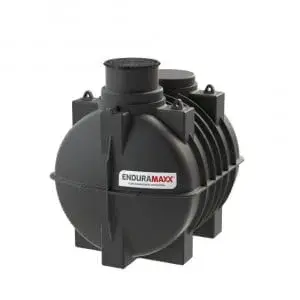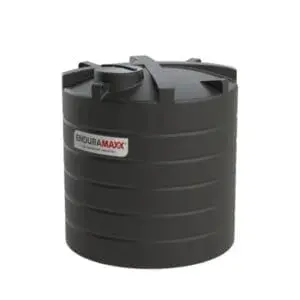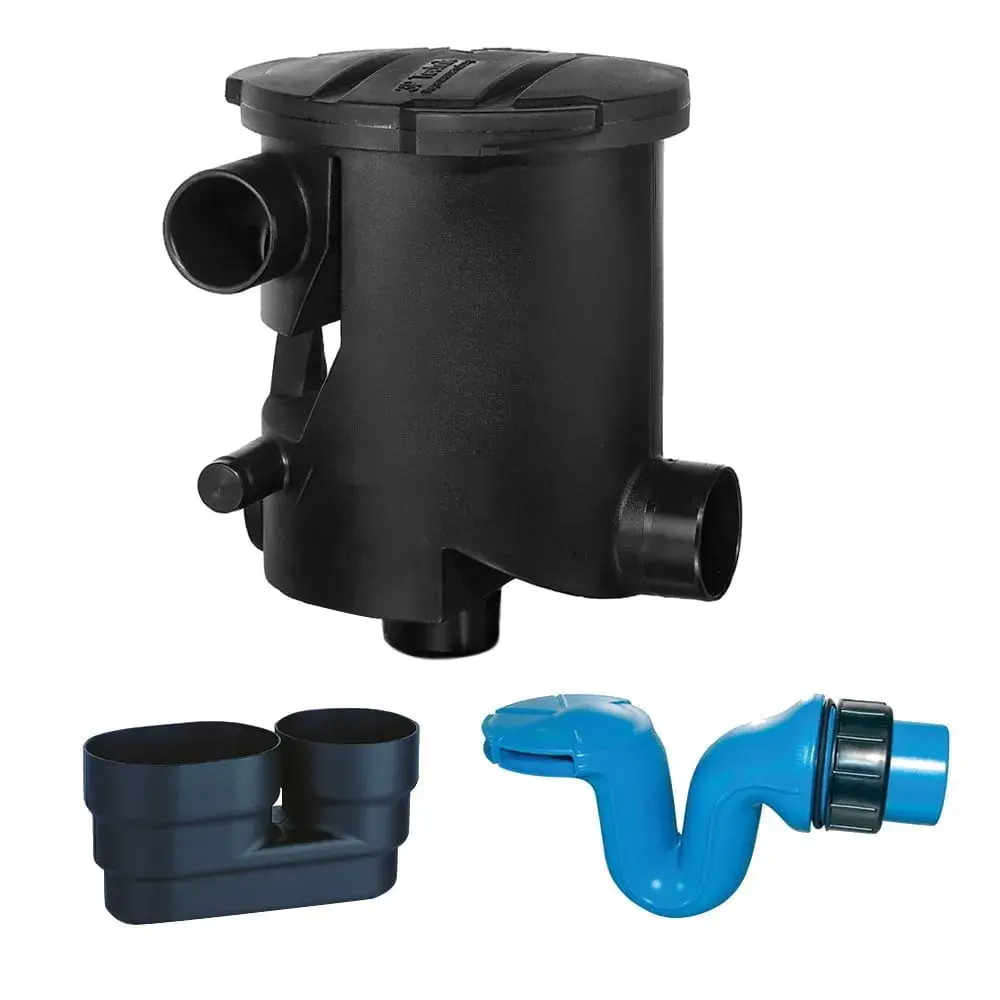Wastewater & Sludge Tanks in dairy processing generally includes sludge tanks and clarification tanks for primary wastewater settling, aeration tanks with an air diffuser, chemical dosing tanks and mixer tanks for location and treatment processes. Although the waste streams produced are generally biodegradable, aerobic, and anaerobic processes are used to deal with solids, oils, phosphorus and nitrogen.
In dairy produce processing, the main elements include milk bottling and milk product production of whey, butter, cheese, ice cream, yoghurts, cottage cheese and other milk derivatives. Post-milk processing is often the largest contributor to wastewater production, as the COD levels at those stages can be much more than 10 times the amount in cheese as milk bottling. Non-dairy ingredients including sugars and fruits are sometimes involved in production contributing to the waste stream.
What Is COD (Chemical Oxygen Demand)?
Chemical Oxygen Demand is an important water quality parameter as it provides an index to assess the effect discharged wastewater will have on the environment. High COD levels mean more oxidizable organic material which will reduce dissolved oxygen (DO) levels. A reduction in DO can lead to anaerobic conditions which are harmful to higher aquatic life forms.
In most wastewater treatment system, COD is treated in the secondary treatment of the wastewater treatment through biological treatment such as Activated Sludge Process, Batch Reactors, Anaerobic Sludge Blanket Reactors etc.
Aeration tanks for COD reduction in industrial wastewater – more details here
Wastewater & Sludge Tank Design
For a correct sludge tank design, there are a few points including daily sludge flow, pump frequency and what the sludge makeup is as this differs from industry to industry. By getting an understanding of the effluent sludge being collected and treated can affect the design and capacity required. Sludge Dewatering Tanks are generally conical and used for the following applications.
- Sludge Thickening
- Sludge Treatment
- Sludge Dewatering
Sludge treatment general required to reduce the amount of wastewater in biological wastewater treatment. Sludge generally has fewer solids in it than it looks like, a typical DAF plant sludge will be approximately 5% solid or 95% water equating to 19 tonnes of water and 1 tonne of solids from a 20-tonne load of sludge, so by increasing the solids in the sludge, in turn, provides costs savings of disposal of the product.
Wastewater tanks are also available as float base tanks which although don’t have the full drain ability like conical tanks can be fitted with a wide range of equipment mounting and customisation options. These include welded fittings, sockets, and flanges. Racking ports allow draining of the water off the sludge while leaving the sediment in the bottom of the tank. Other options include industrial mixers liquid level sensor assemblies, fill pipes are available. PN16 and ANSI welded flanges, welded sockets and as well as airtight lids and vents are available to suit your project.
The Enduramaxx Tank Advantage
Enduramaxx works with many wastewater consultants and installers of wastewater treatment with wastewater & sludge tanks in dairy processing systems and can customise our storage tanks with fittings and pipework to suit your project. From 50-litre dosing tanks to 30,000-litre sludge tanks, we are sure we can help, please get in touch today.
Posts By Topics
- Blog (303)
- Chemical Storage Tanks (118)
- Chemical Dosing Tanks (114)
- Chemical Tanks (114)
- Water Tanks (58)
- Rainwater Harvesting Tanks (43)
- Vertical Rainwater Tanks (31)
- Vertical Storage Tanks (31)
- Cone Bottom Tanks (19)
- Conical Cone Tanks (18)
- Rainwater Harvesting (17)
- Water Bowsers (15)
- Horizontal Tanks (14)
- Potable Water Tanks (13)
- Farming (9)
- Case Studies (8)
- Industrial Storage Tanks (7)
- Liquid Fertilser Storage Tanks (6)
- WRAS Approved Potable Tanks (6)
- Wine and Beer Production (6)
- Horizontal Transport Tanks (5)
- Microbrewery (5)
- Rainwater (5)
- Category 5 Break Tanks (4)
- Cider Production (4)
- Mixer Tanks (4)
- Molasses Tanks (4)
- Polyethylene tanks (4)
- Rainwater Filter Kits (4)
- SPECIALIST & BESPOKE TANKS (4)
- Bunded Tanks (3)
- Slimline Tanks (3)
- WRAS Approved (3)
- Clarification Tanks (2)
- Crosslinked Polymer Tanks (XLPE) (2)
- Fertiliser Tanks (2)
- Sump Tanks (2)
- Tank Installation (2)
- Water Butt (2)
- underground water tanks (2)
- ACCESSORIES & FITTINGS (1)
- ATV & UTV SPRAYING UNITS (1)
- Above Ground Effluent Tanks (1)
- Bespoke Tank Frames (1)
- Category 5 Turret (1)
- Caustic Soda Tanks (1)
- Closed Top Bunded Tanks (1)
- Craft beer (1)
- Effluent Tanks (1)
- Enduramaxx (1)
- Ferric Chloride Tanks (1)
- Fire Safety Regulations (1)
- Fire Sprinkler Water Storage Tanks (1)
- Industrial Water Tank (1)
- Open Top Bunded Tanks (1)
- Open Top Cone Tanks (1)
- Open Top Vertical Tanks (1)
- Polyethylene Potable Water Tanks (1)
- Polyvinylidene Fluoride (PVDF) Tanks (1)
- Polyvinylidene Fluoride Tanks (PVDF) (1)
- Pressure Washers (1)
- Pro Series Spot Sprayers (1)
- RWH (1)
- Sodium Hydroxide Storage Tanks (1)
- Sprayer Fill-up Tanks (1)
- Uncategorised (1)
- liquid fertiliser tank (1)
Sign up to the newsletter
enduramaxx.marketing
Related Posts
Sludge Tanks for Abattoir & Slaughterhouse Water Treatment
Sludge tanks for abattoir & slaughterhouse water treatment, slaughterhouse’s produce a lot of...
Sludge Tanks For Food & Drink Wastewater Treatment
Sludge tanks for food & drink wastewater treatment, the characteristics and volume of wastewater...
DAF Sludge Storage, Balance & Buffer Holding Wastewater Tanks
DAF Sludge Storage, balance & buffer holding wastewater tanks can be used for a variety of purposes...
Related Products
From £1,080.00 inc. VAT
£900.00 exc. VAT
From £1,344.00 inc. VAT
£1,120.00 exc. VAT
From £768.00 inc. VAT
£640.00 exc. VAT
£480.00 inc. VAT
£400.00 exc. VAT





